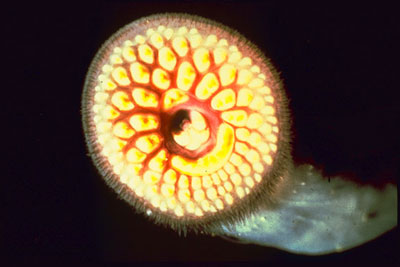
It will combine advanced microelectronics with latest research in biomimicry
A tiny prototype robot that functions like a living creature is being developed which one day could be safely used to pinpoint diseases within the human body.
Called ‘Cyberplasm’, it will combine advanced microelectronics with latest research in biomimicry (technology inspired by nature). The aim is for Cyberplasm to have an electronic nervous system, ‘eye’ and ‘nose’ sensors derived from mammalian cells, as well as artificial muscles that use glucose as an energy source to propel it.
The intention is to engineer and integrate robot components that respond to light and chemicals in the same way as biological systems. This is a completely innovative way of pushing robotics forward.
Cyberplasm is being developed over the next few years as part of an international collaboration funded by the Engineering and Physical Sciences Research Council (EPSRC) in the UK and the National Science Foundation (NSF) in the USA. The UK-based work is taking place at Newcastle University. The project originated from a ‘sandpit’ (idea gathering session) on synthetic biology jointly funded by the two organisations.
Cyberplasm will be designed to mimic key functions of the sea lamprey, a creature found mainly in the Atlantic Ocean. It is believed this approach will enable the micro-robot to be extremely sensitive and responsive to the environment it is put into. Future uses could include the ability to swim unobtrusively through the human body to detect a whole range of diseases.
The sea lamprey has a very primitive nervous system, which is easier to mimic than more sophisticated nervous systems. This, together with the fact that it swims, made the sea lamprey the best candidate for the project team to base Cyberplasm on.
Once it is developed the Cyberplasm prototype will be less than 1cm long. Future versions could potentially be less than 1mm long or even built on a nanoscale.
via Science Daily







